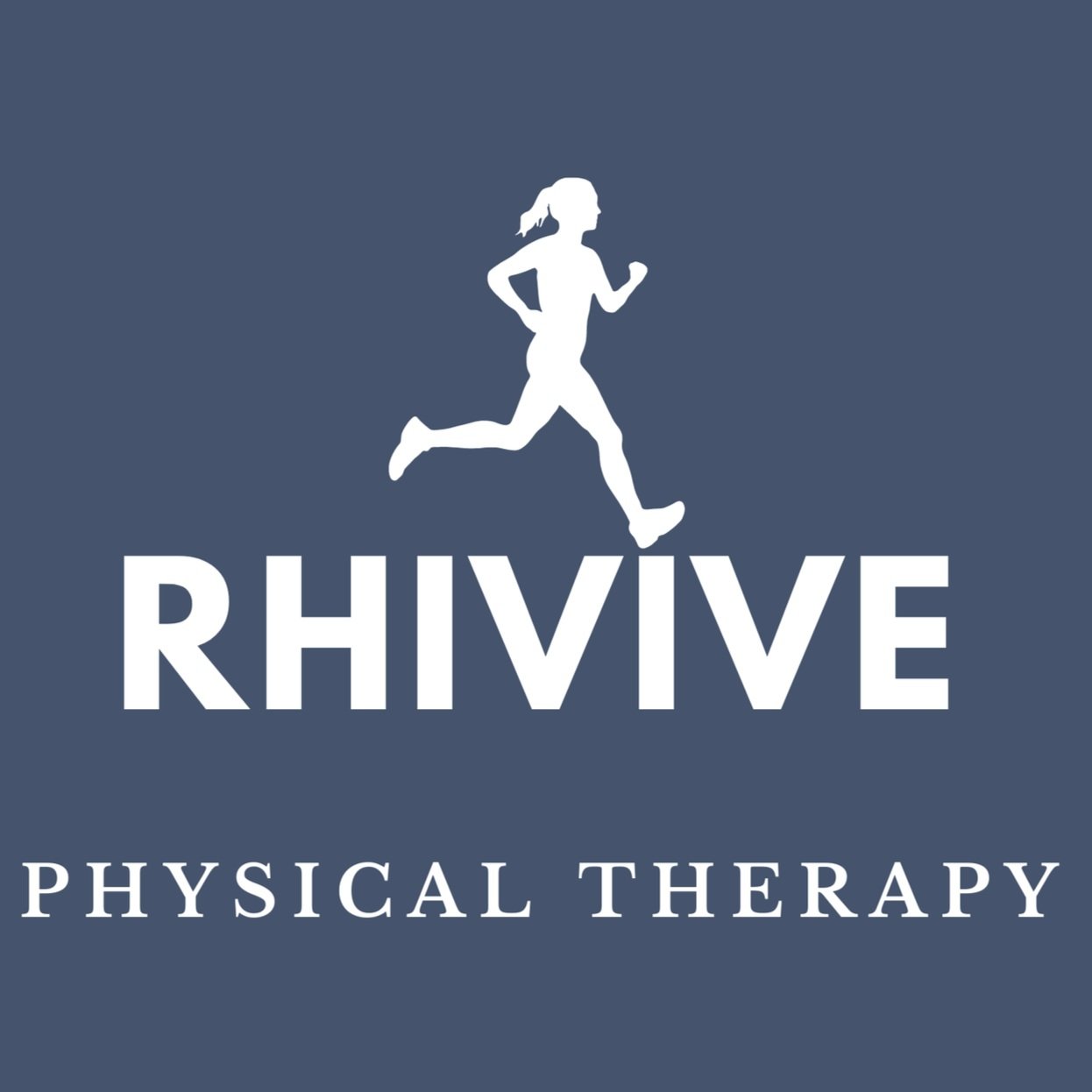Is Running Bad for Your Knees?
I often hear people say that “running is bad for your knees” and I am here to break this down a little bit.
Two points to start:
A lot of people have knee pain while running.
This does not inherently mean that running is bad for your knees!
That is like saying that cooking is bad for your fingers because people cut themselves when chopping vegetables. It is less about what you are doing and more about how you are doing it.
It is less about what you are doing and more about how you are doing it.
Let’s take a step back. Waayyy back to school days when you would run out at recess, participate in sports or activities, and play out in the yard. Our lives included a lot more running and physical activity. These may seem like small things, but they kept our bodies well adapted to running and other plyometric activity.
A lot of us stop running as we age.
As adults, our activities change. AND UNDERSTANDABLY SO. We have work, kids, homes to take care of and on top of that… well… EXHAUSTION from those things. Physical activity becomes less and less integrated into our day.
We decide to try running and our bodies aren’t adapted to these activities like they once were and we end up with pain and injury.
Here is the thing: The majority of running injuries are due to training errors, or rather, giving the body too much, too fast, with not enough time to recover. This can often happen when our bodies aren’t used to running like they used to be, and we don’t have the tools to get back into it safely.
A 2017 study compared recreational runners, competitive/elite runners, and non-runners/sedentary individuals and the presence of hip and knee osteoarthritis (OA). Of the three groups, here is the percentage of individuals with OA:
Recreational/professional runners: 3.5%
Elite/professional runners: 13.3%
Non-runners: 10.2%
The study indicates that recreational runners appear to have a LOWER rate of OA than individuals who do not run!
[…] recreational runners appear to have a LOWER rate of OA than individuals who do not run!
Now obviously running is not the ideal form of activity for EVERYONE. All bodies are a little bit different and for some people, running may not be the best way for them to get exercise. However, this study does a great job of demonstrating that running is not inherently bad for knees and we don’t need to stop as we get older. Aging certainly presents different challenges to running and physical activity but it is not a contraindication to participating.
The human body is amazing and adaptable but it has to be provided with the appropriate amount and type of stimulus in order to adapt.
So what does this look like for running:
Gradual progression: giving the body progressive overload so that we are challenging the body but not overdoing it. Gradually increasing intensity as our ability improves.
Adequate rest & recovery: Giving the body rest and nutrition that will allow it to make those adaptations.
Focused strength training: Strength exercises that are activity-specific and cater to the needs of runners.
Lastly, addressing any injuries (past or present) will be important. At Rhivive Physical Therapy, we aim to bridge the gap between rehab and actually thriving in your life. We encourage individuals to come in at whatever point they are in their journey, whether that’s preventing an injury before it occurs, rehabilitating from a current injury, or working on sport-specific training and performance to help you meet your goals.
Works Cited
Alentorn-Geli E, Samuelsson K, Musahl V, Green CL, Bhandari M, Karlsson J. The Association of Recreational and Competitive Running With Hip and Knee Osteoarthritis: A Systematic Review and Meta-analysis. J Orthop Sports Phys Ther. 2017 Jun;47(6):373-390. doi: 10.2519/jospt.2017.7137. Epub 2017 May 13. PMID: 28504066.
*Information is for educational purposes only and is not a substitute for medical advice.
